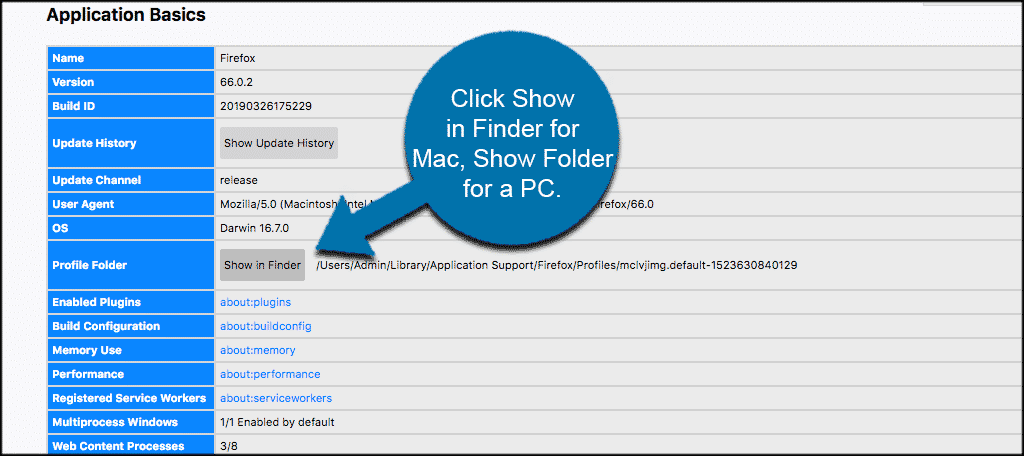
If you think that you might still need the extension in future but not using it currently, at least there’s an option to Disable it. Uninstall all firefox extensions and themes that you don’t use as they can cause Firefox to use more RAM. Set both and to 0.Īlternatively, you can also set and to False. Search for and set a number in KB to use for the disk cache (ie. Search for and set a number in KB to use for the memory cache (ie. Type about:config in the address bar and hit Enterģ. Note: and needs to be True for this to workĢ. By default, this setting is set to -1 for and to a number you specified in Tools -> Options -> Advanced -> Network / Cache for To fix your cache to a certain value
Restart Firefox Tip 3: Fixed cache capacity OR Disable Cache TotallyĮvery time new page is loaded, Firefox will cache the page so it doesn’t need to load again to be redisplayed. Type im_on_minimize in the pop-up box and hit EnterĦ. Type in about:config in the address bar and hit EnterĤ. More info here Tip 2: Reduce memory usage when minimizeĢ. Set it to a number such as 5 to store only 5 pages in memory. Set it to 0 so that no pages will be stored in memory. Default value is -1 (calculate based on available memory). max_total_viewers which also determines the maximum number of content viewers to cache for “bfcache” (fast back/forward navigation). Double click on the value 50 (or whatever value is there currently) and change it to something lower such as 5.įor Firefox 1.5 and above, you can also look at another configuration variable browser.


Type about:config in the Firefox address barģ. We usually won’t surf more than 5 of the websites we previously surfed before, and there is really no need to store more than that in the session which can clog up memory as they grow.Ģ. the maximum number of URLs you can traverse purely through the Back/Forward buttons. _entries determines the maximum number of pages in the browser’s session history, i.e.


 0 kommentar(er)
0 kommentar(er)
